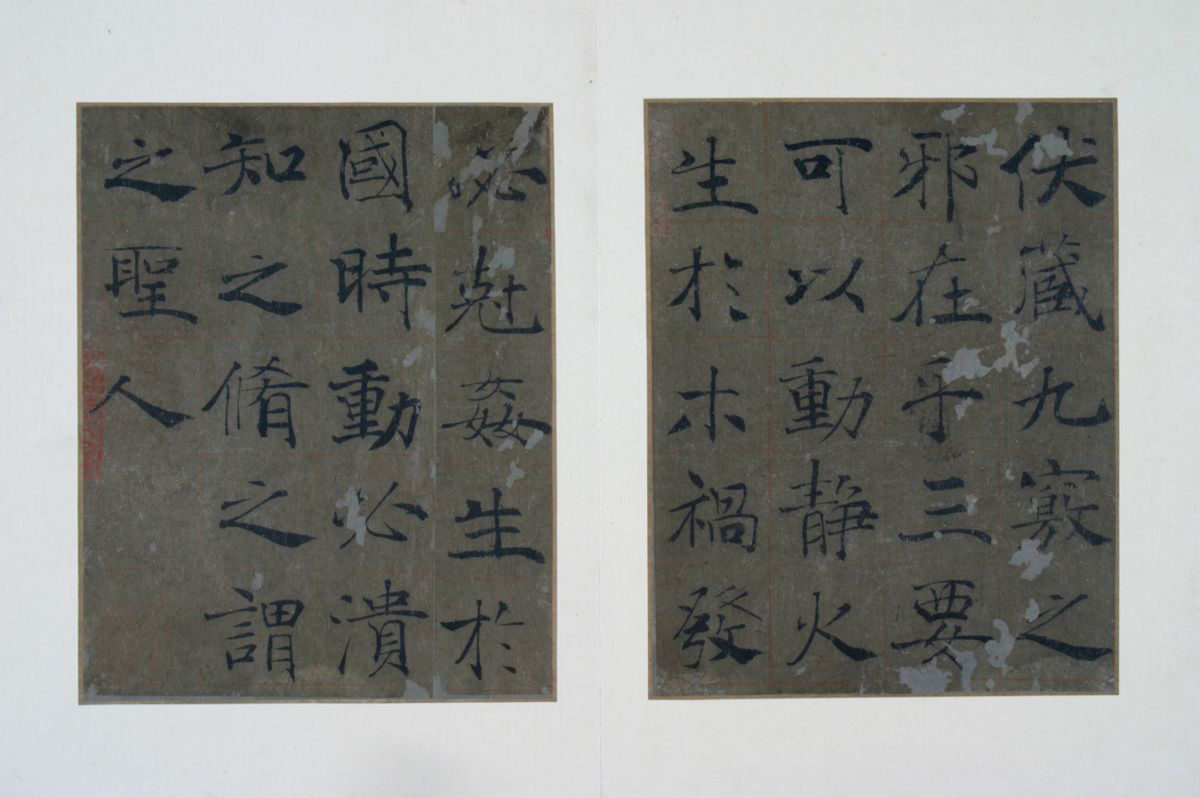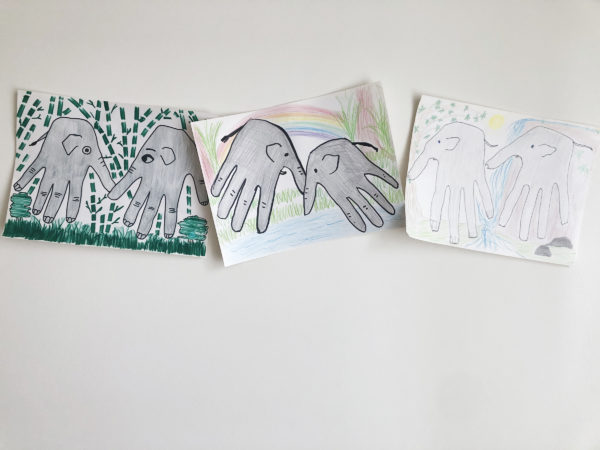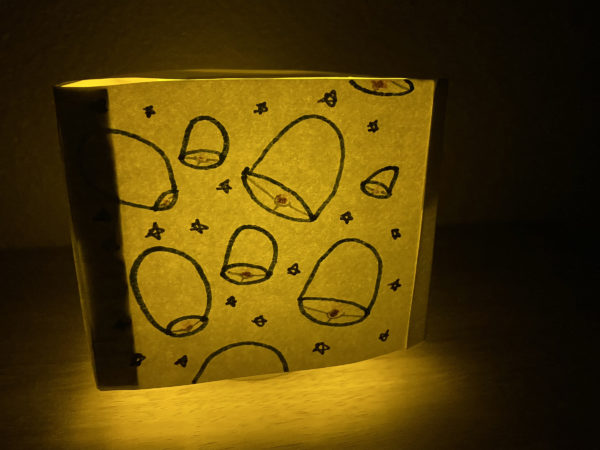Calligraphy is considered to be one of the most important art forms in Chinese culture. Only in Islamic art does calligraphy also rank so highly. Why? In both cases, beautiful writing constitutes what is most precious and sacred to the culture. In China, calligraphy represents not just writing and art, but beliefs, education, literature, performance, and social values. Calligraphy can be large or small in scale and execution; it can be produced very quickly or very slowly and carefully. It can be created with relatively few materials, and it is easily transportable. It is, along with painting and poetry, the most personal and expressive of Chinese art forms. It is no wonder that calligraphy, painting, and poetry in China are referred to as the “Three Perfections.”
Naturally there is a close relationship between calligraphy and painting, since both were produced by the skillful use of brush and ink. Which art form came first? It appears that in China writing first developed through the use of pictographs, so from a very early time, writing and making pictures were closely intertwined.







